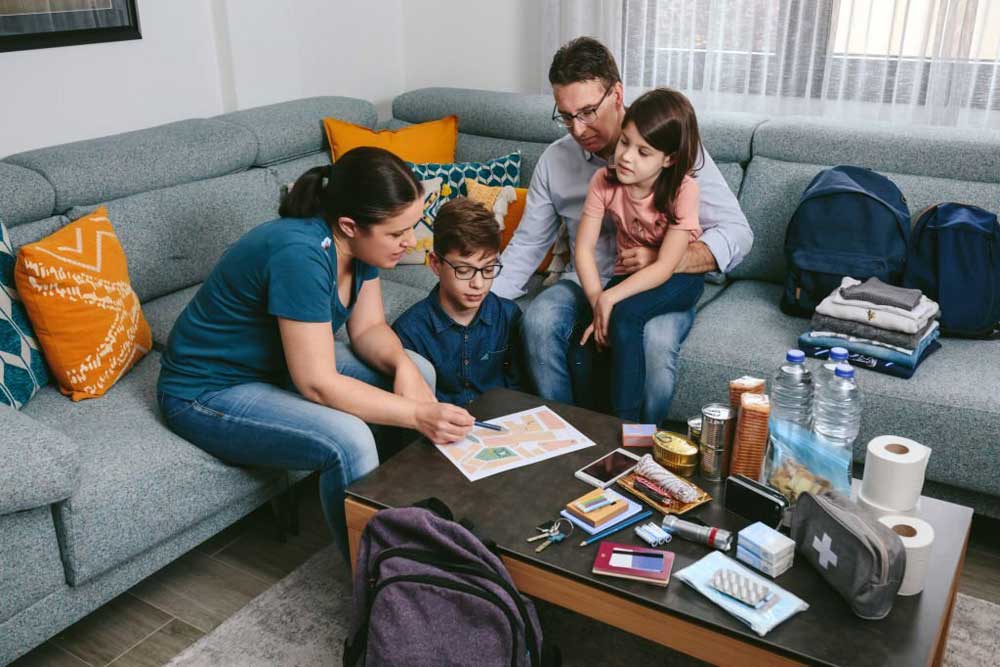Teaching your children how to make it in this world is your most important responsibility as a parent. However, it can be difficult to know how and when to teach them about emergency safety. It’s important to evaluate what material is age appropriate and which approach is best. Here is a brief overview of how you can teach children about safety and emergency preparedness.
While it may be tempting to protect children by underestimating seriousness, it is important that they learn to recognize dangerous situations and know how to respond. Start by reviewing what’s a crisis and what isn’t. Mommy falling and not responding? What about the siblings who tease you? Depending on their age, teaching them which scenarios can be defined as urgent is often the first step.
Next, it is important to develop a family emergency plan. Ask your child to memorize the parent’s phone number to call if something goes wrong. Around the age of 4 to 5 years, a child is usually ready to memorize all the digits of a telephone number. Converting numbers into modified versions of lullabies or songs can help. It is also important for children to learn to say their full names and addresses to take another step towards emergency preparedness. However, they should be taught not to share this information with strangers.
Now that they’ve learned how to call you, it’s time to teach them how to properly dial 911. Start by explaining what the service is and how it works. Explain that it is important to know when to call and what to say. You can role-play scenarios. Use simple words, avoid medical terms, and help your child understand the seriousness without surprising them.
It’s important to explain that calling 911 is not a joke or a game and there are times when it’s more important to get to a safe place first. This is a good opportunity to discuss fire safety, as getting out of the house may be more urgent than calling 911. Organize fire drills and clearly mark escape routes throughout the house. Practice these fire safety exercises regularly as your child ages while learning additional fire safety rules. To make the event of a fire less scary, you can take your toddler on a tour of the fire station.
Another tip for preparation is to make an emergency kit together as a family. Explain why they are needed and what they do. The same goes for the first aid kit. Learning basic first aid skills can start at a young age. If your child is too young, teach them how to show an adult, such as a caregiver, where the first aid kit is in the event of an injury.
Encourage your child to ask questions at each stage. A child’s understanding of emergency situations can make the difference between life and death. For more tips on teaching your kids about emergency safety, check out the following resource by BlowHard Fans.
This infographic was created by BlowHard Fans, a manufacturer of battery powered positive pressure fan

